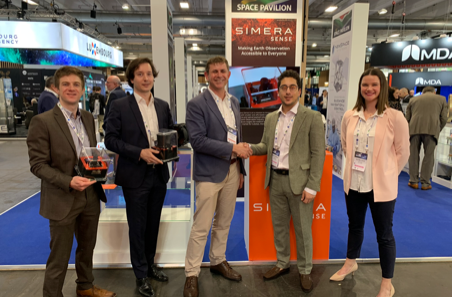
A team lead by Dr Ventsislav Valev of the Cambridge NanoPhotonics Centre, which was set up in 2007 under Prof Jeremy Baumberg, has made a breakthrough that may allow the development of 'invisible' materials. Valev worked with researchers from the Department of Chemistry, the Department of Materials Science & Metallurgy, and the Donostia International Physics Centre in Spain on the project to use unfocused laser light like billions of tiny needles, stitching gold nanoparticles together into long strings, directly in water for the first time.
It has been know for a while that by engineering materials at the nanoscale, it is possible to produce ‘metamaterials’; materials which can control the way in which light interacts with them. Light reflected by a metamaterial is refracted in a different way, potentially making objects invisible, or altering their appearance in a controlled manner. Till now however it has been impossible to assemble nanoparticles into a viable metamaterial.
In order to make the strings, the researchers first used barrel-shaped molecules called cucurbiturils (CBs). The CBs act like miniature spacers, enabling a very high degree of control over the spacing between the nanoparticles, locking them in place. “This level of control opens up a wide range of potential practical applications,” said Ventsislav Valev.
Among these applications of course would be the development of cloaks of invisibility as imagined by many writers – one was owned by King Arthur but clearly this UK-developed technology was lost till now. We may expect to see early applications in military stealth equipment or security sensors: the potential in other fields like entertainment are very extensive. “New nanomaterials find increasing application in communications, renewable energies, electronics and sensing,” says Valev. “Because of its unsurpassed speed and highly tuneable interaction with matter, using light to guide the self-assembly of nanomaterials could open up novel technological frontiers.”













